the kodiak is a multi-mission workhorse
- Intelligence, Surveillance, Reconnaissance (ISR)
- Aerial Mapping
- Training
- Air Ambulance
- Fire Supression Support
- Parachute Operations
- Resource Analysis
- Wildlife Management/Anti-Poaching
The Kodiak is an ultra-modern single-engine 10-seat short takeoff and landing aircraft designed and built for the 21st century. The Kodiak began life as a rugged, simple-to-fly backcountry airlift platform - easily converted from carrying passengers to cargo. It introduces scores of improvements over the original design, including the state-of-the-art Garmin G1000 NXi avionics suite. Advanced avionics and advanced engineering make this the safest, most economical airplane in its class.
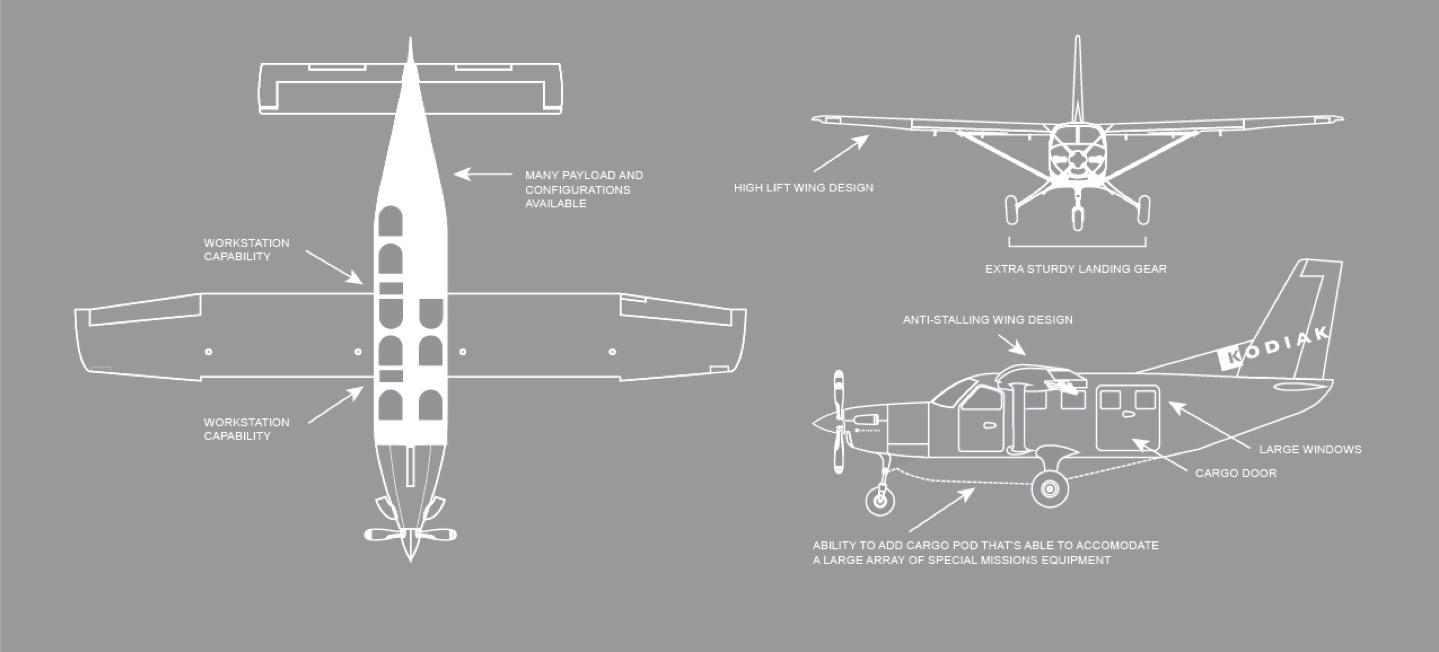
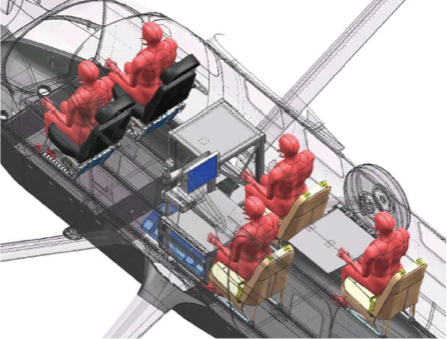
ISR technology has become increasingly important for police and security services worldwide. The Kodiak offers the perfect platform with approximately 200 amps excess power available for mission systems. It is easily adaptable to state-of-the-art equipment, it can carry a full team of technicians, and the Kodiak can loiter for up to ten hours at very slow speeds virtually undetected.

Super accurate aerial mapping using conventional terrain measurement tools or advanced technologies, like LIDAR or Synthetic Aperture Radar, is made all the more feasible with the stable Kodiak platform. Able to carry a useful load of 3530 Ibs for over 1000 NM, the Kodiak enables mapping teams to complete their tasks quickly and cost-efficiently.
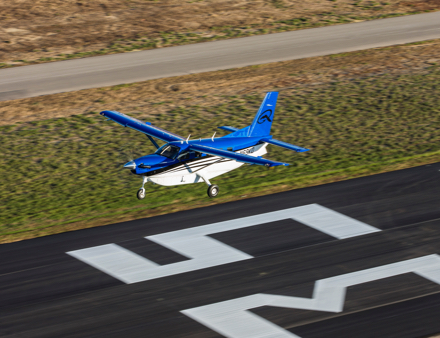
Training of all types is easily supported by the modern and rugged Kodiak. Pilot, aircraft maintenance and flight ops training is easily supported by the mid-sized Kodiak. Crews that rely on aircraft delivery, like firefighters, remote repair teams, and emergency responders, also use the Kodiak for practice and improved operational safety.
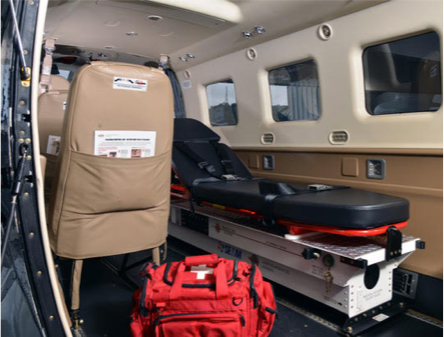
Medivac operations have been at the heart of the Kodiak design from the beginning. The plane is easily adapted from passenger and cargo hauling to medical airlift in emergencies. Kodiak air ambulance services have been used in the aftermath of recent earthquakes, hurricanes and floods.
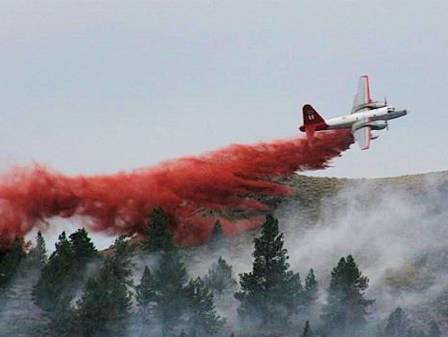
Kodiaks have increasingly found a useful place alongside wilderness fire suppression. The primary missions have involved spotting for firefighting crews and aerial tanker drops. The Kodiak is ideally suited for this "Lead Plane" function as it can direct the airtankers by both verbal target descriptions and by physically leading the airtankers on the drop run. The short take off and landing characteristics of the Kodiak also enable it to drop crews and supplies to very short and narrow backcountry strips.
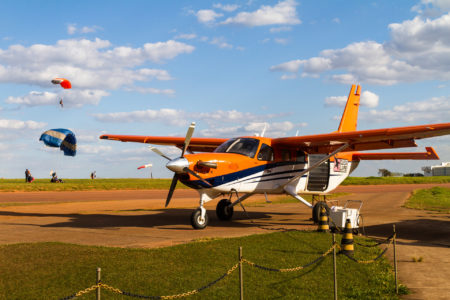
The Kodiak is easily adapted to parachute operations with bench seating and a special roll-up door. The ability to carry a large number of parachutists to altitude and back quickly provides operators with the best ROI on their aircraft investment.
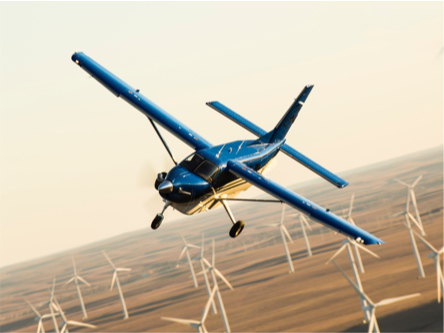
Analysis and monitoring of remote resources for the extraction and renewable energy sectors has become far more accurate and effieient with the Kodiak. Able to fly low and slow and loiter for hours, the Kodiak is ideal for distant surveys. The plane can carry large teams and equipment for round trips up to 1000 NM and land on short, narrow, unimproved strips for surface evaluations.

With budgets tight and on-the-ground personnel limited, the Kodiak has proved to be an effective and economical solution for governmental management of wildlife and habitat. In Botswana, Kodiaks have supported elephant and rhino anti-poaching efforts while also serving as tourism transport and medical evacuation.